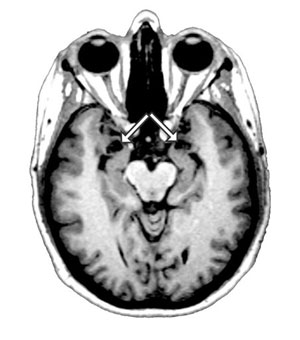Do you spend time with a lot of friends? That might mean a particular part of your brain is larger than usual.
It’s the amygdala, which lies deep inside. Brain scans of 58 volunteers in a preliminary study indicated that the bigger the amygdala, the more friends and family the volunteers reported seeing regularly.
That makes sense because the amygdala is at the center of a brain network that’s important for socializing, says Lisa Feldman Barrett, an author of the work published online Sunday by the journal Nature Neuroscience.
For example, the network helps us recognize whether somebody is a stranger or an acquaintance, and a friend or a foe, said Barrett, of Northeastern University in Boston.
But does having a bigger amygdala lead to more friends, or does socializing with a lot of friends create a bigger amygdala? The study can’t sort that out. But Barrett said it might be a bit of both.
She said her study now must be replicated by further research.
The work, supported by the federal government, was aimed at uncovering basic knowledge rather than producing any immediate practical payoff, she said. But it might someday lead to ways to help people maintain active social lives, she said.
People have one amygdala in the left half of the brain and another in the right half. The findings of the new study held true for each one.
Arthur Toga, a brain-mapping expert at the University of California, Los Angeles, who didn’t participate in the study, called the work well done and the statistical results strong. The idea of linking a brain structure to human behavior is “interesting and important,” he said.
Amygdala research made headlines earlier this month when researchers reported on a woman without a working amygdala. The woman felt no fear in threatening situations.


